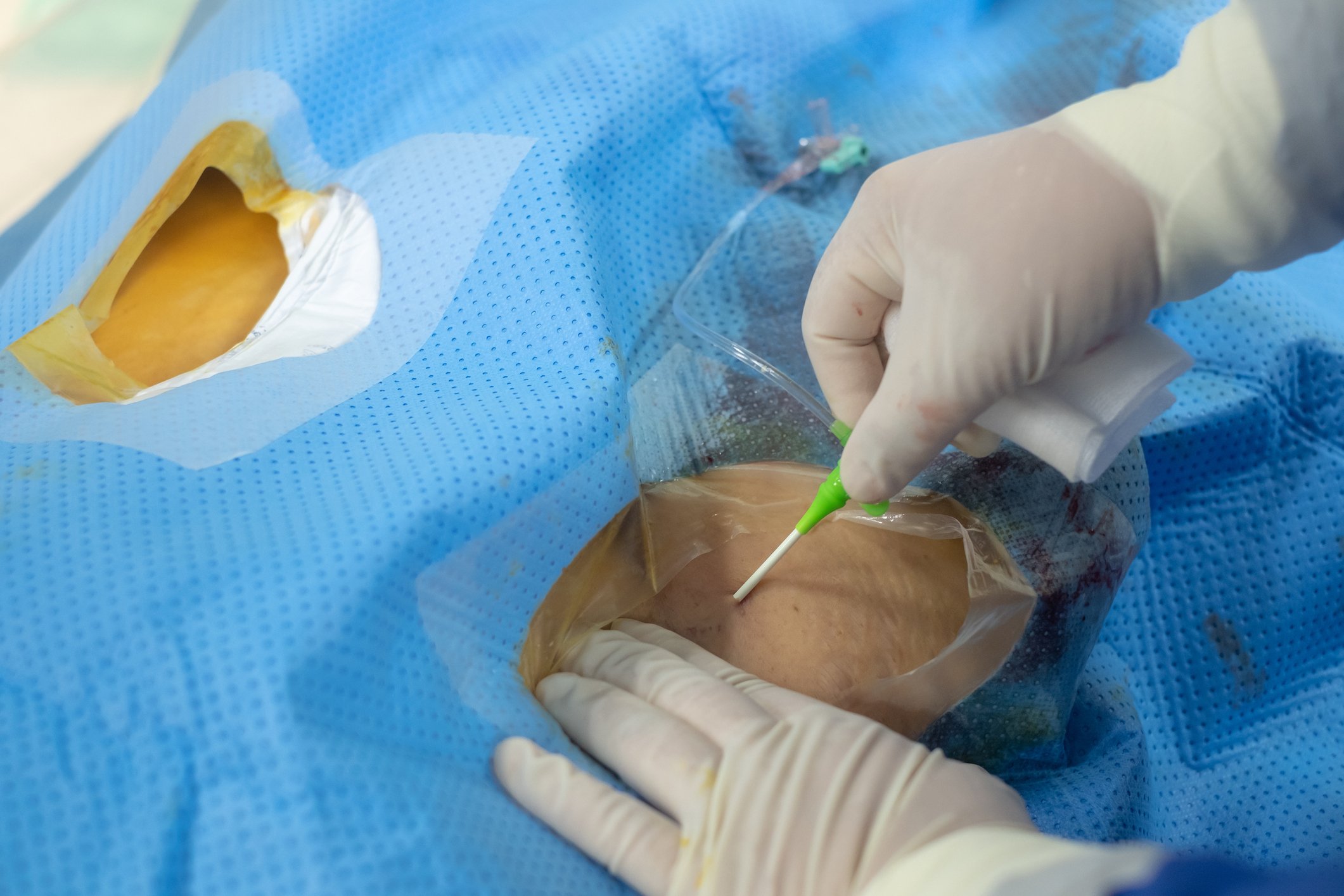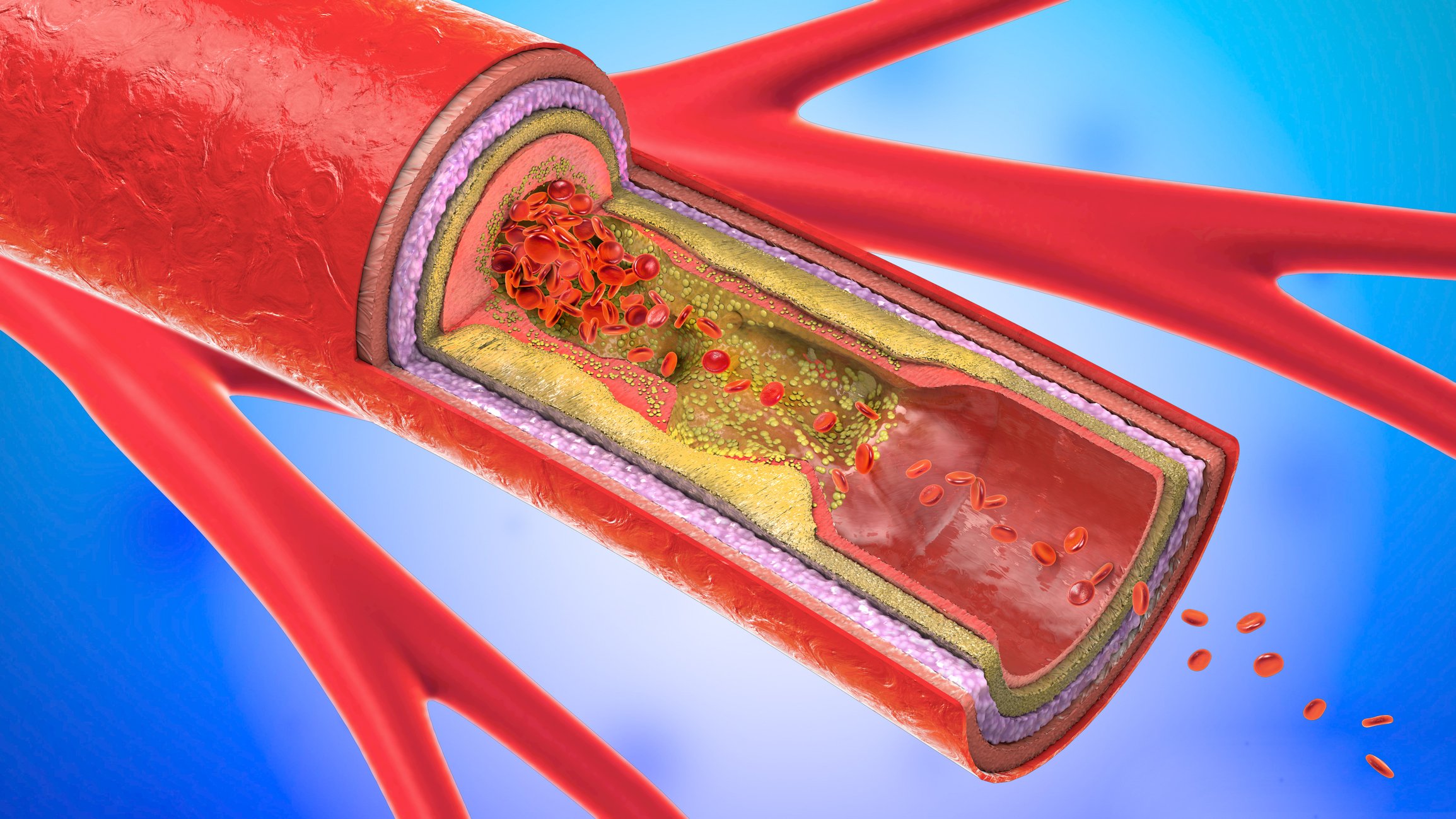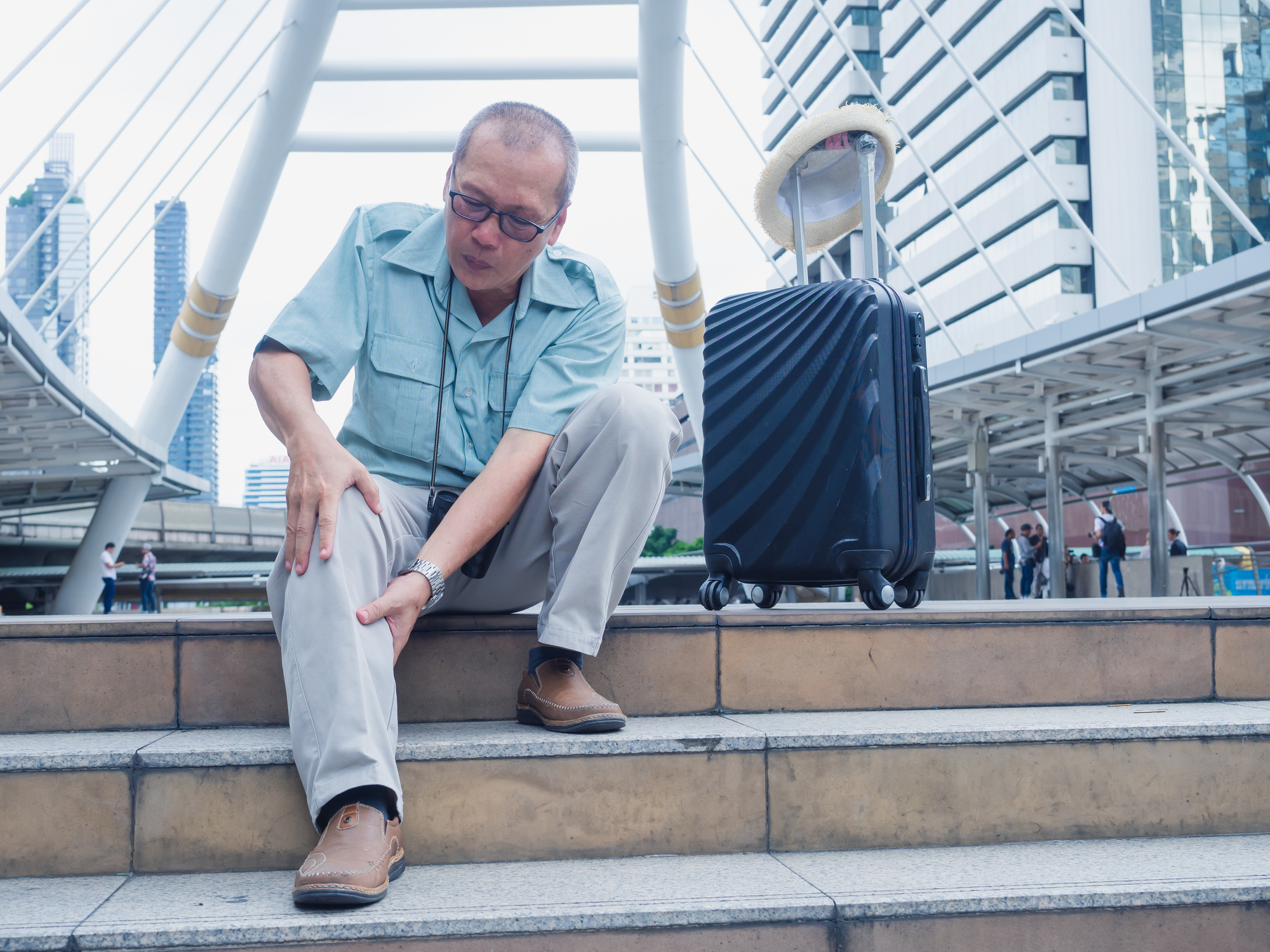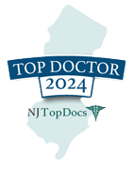An angiogram is a vascular procedure that is commonly performed when you have a blocked artery going to the leg and it is causing symptoms such as pain or wounds in the foot or leg. It is a minimally invasive way to both identify blockages in the leg arteries as well as treat them. Treatment includes ballooning open[…]
As we discussed in Part I in our series on leg pain (aka claudication), there are many sources contributing to the discomfort we feel in our legs. One of the most common causes, however, is poor circulation or Peripheral Artery Disease (PAD). In part II, we’ll discuss the various treatment strategies available from[…]
As a combined practice, the Cardiovascular Care Group and Vein Institute of NJ focus on a variety of issues involving the arteries and veins of your body. And as board-certified vascular surgeons, we are able to provide some of the foremost diagnostics and treatments for these vascular issues.
To help mark National Stroke Awareness Month this May, The Vein Instiute of NJ wants to make you aware of this disease, its link to carotid artery disease, and the steps for early detection.
Leg pain may come from a variety of sources. Some pain—particularly muscular or joint pain-- can be attributed to overuse. Frequently, back problems of spinal alignment cause pain in the legs. Occasionally, pain may emanate from the vascular system--blood clots, varicose veins or poor circulation.
The body's circulation system is responsible for sending blood, oxygen, and nutrients throughout the body. So, when blood flow to a specific part is reduced, you may experience what is known as poor circulation. Essentially, there is not enough blood flow to a certain area of the body.













.jpg?width=944&name=Castle-Connolly-Top-Doctors-Emblem-Large%20(4).jpg)